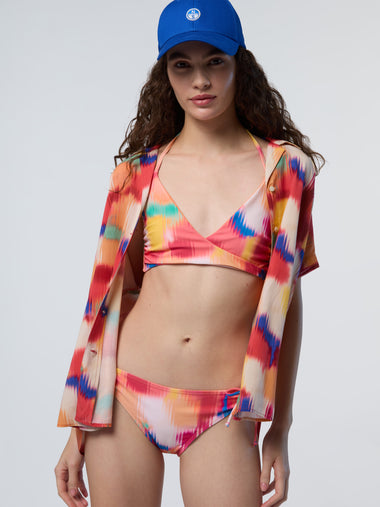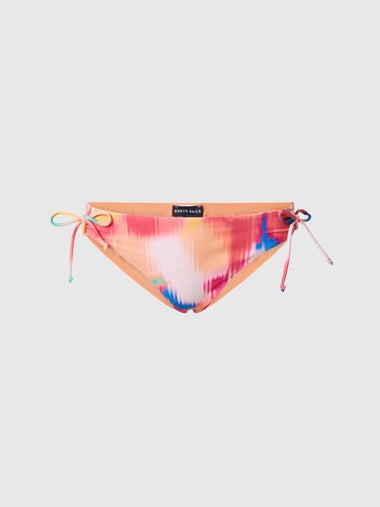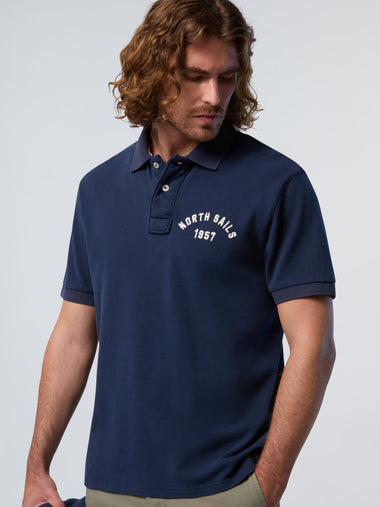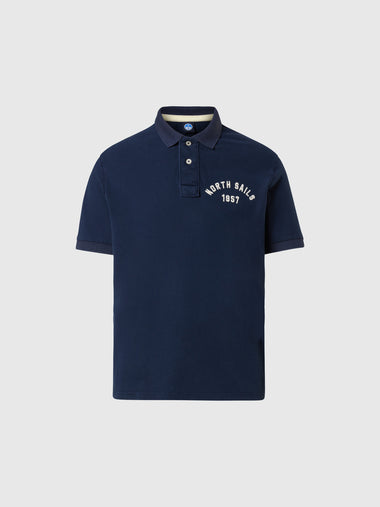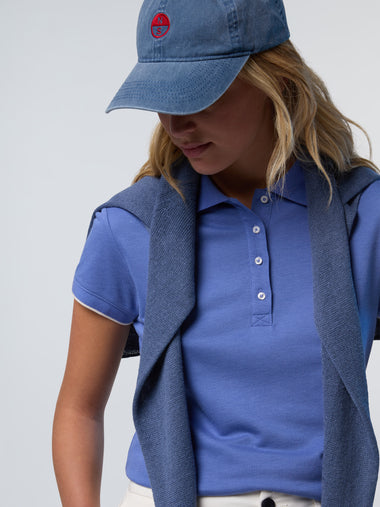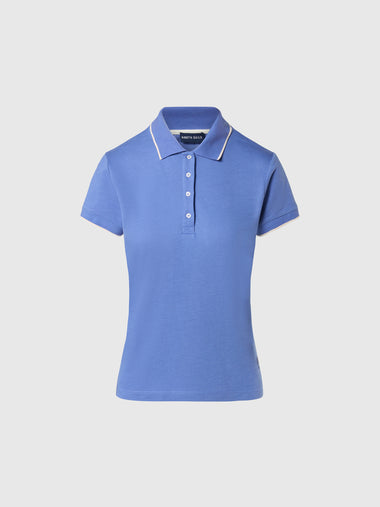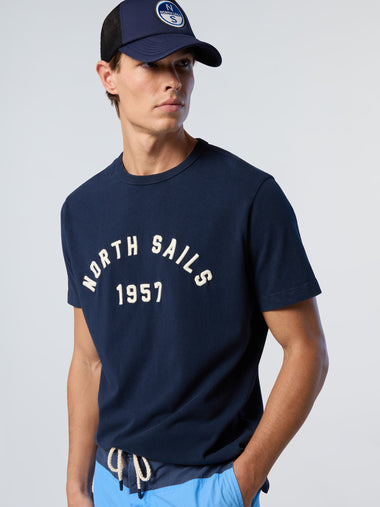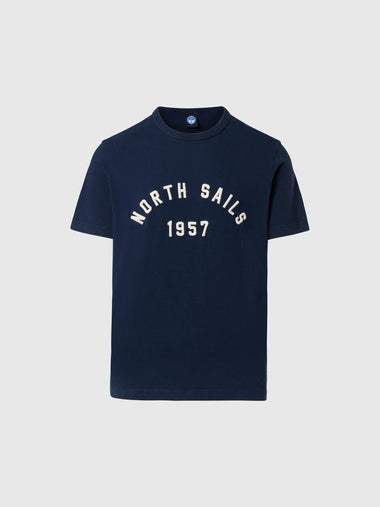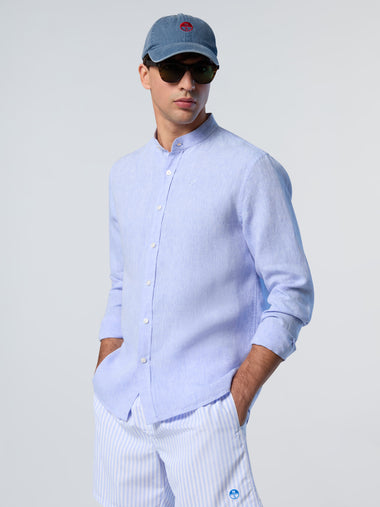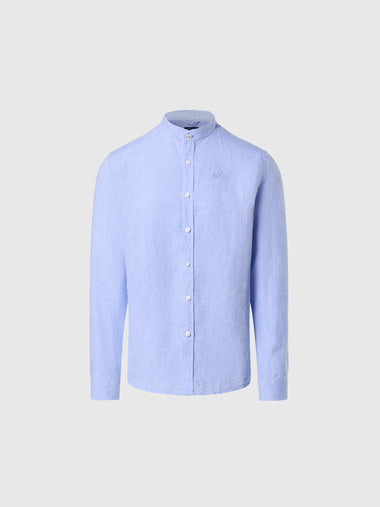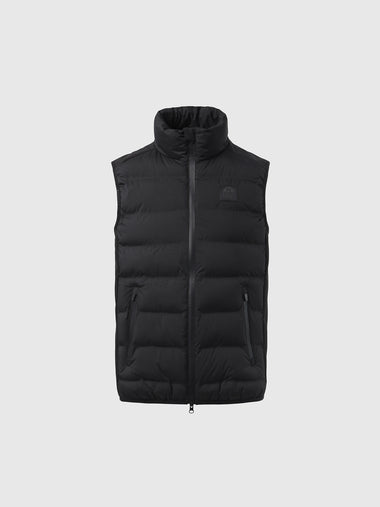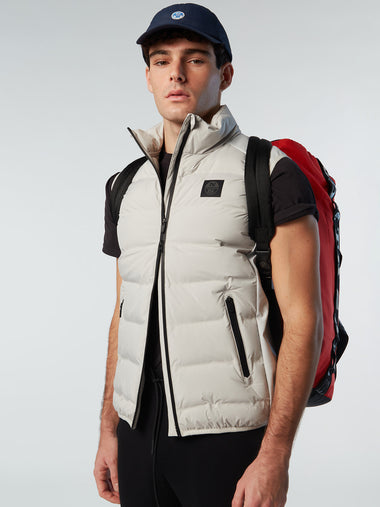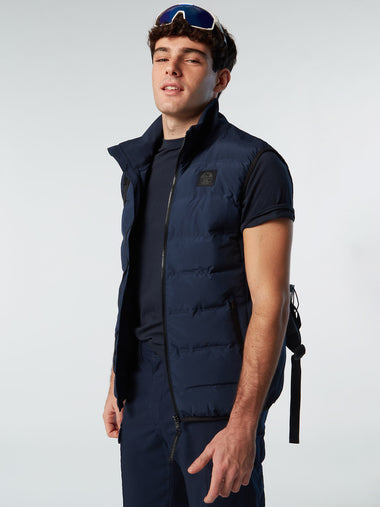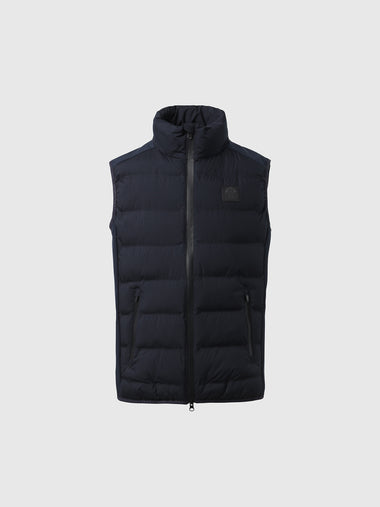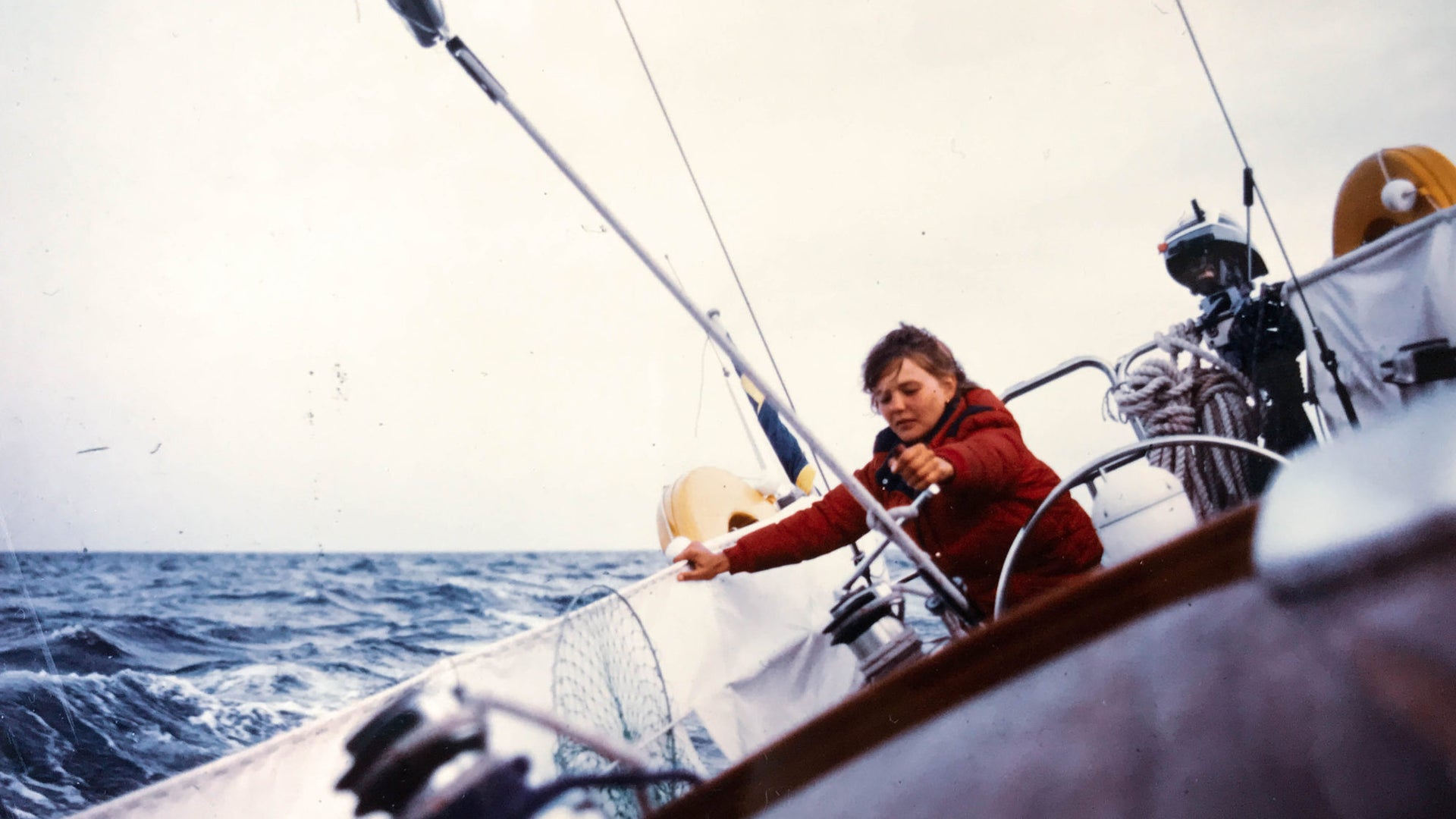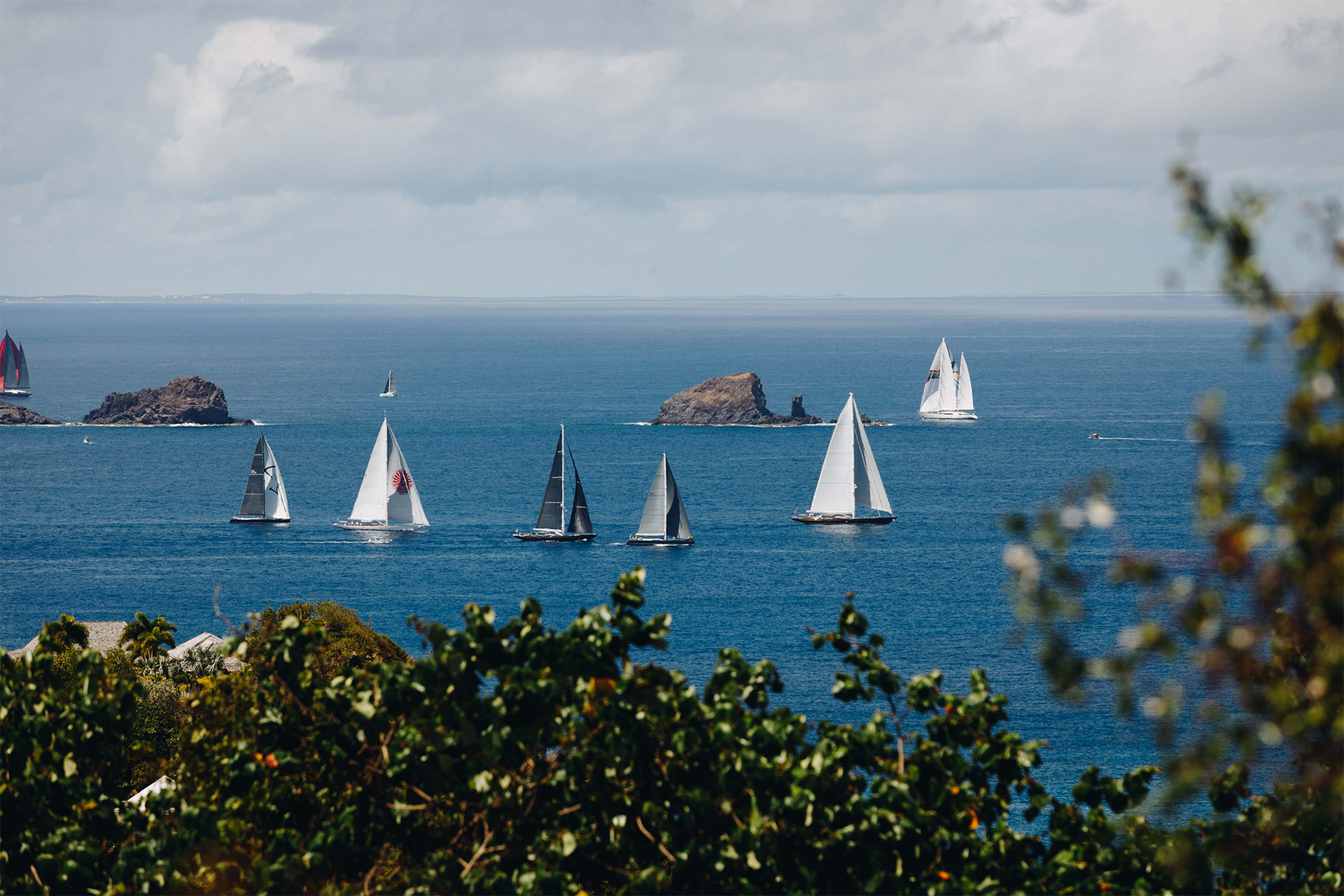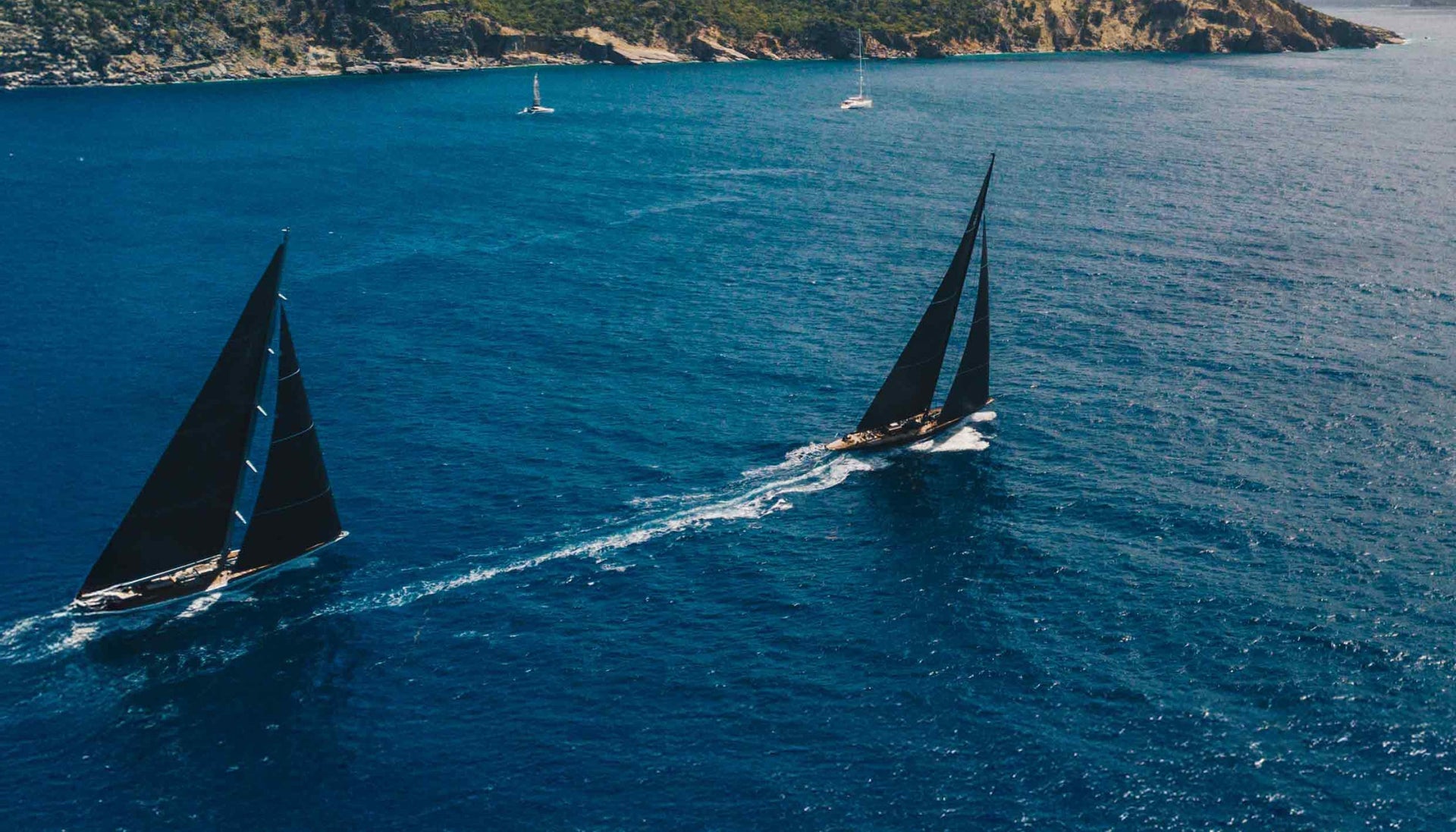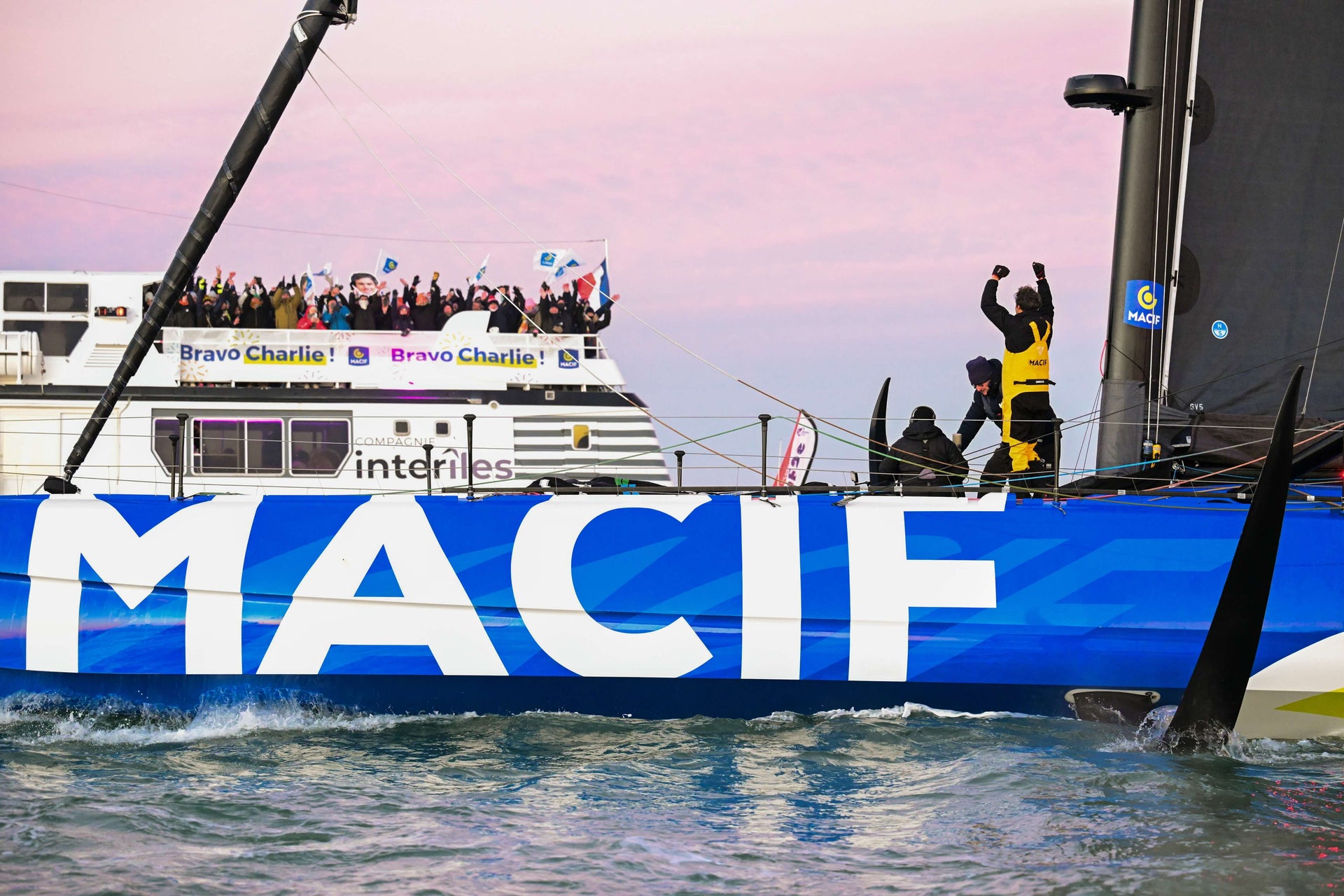ARGO PART 2: SETTING OFF
THE STORY OF ARGO: PART II
The Story of Opal 46, Argo, and the Tradition Surrounding Her Continues

After years of sailing with his father on board his beloved schooner, Argo, based in Sweden, John Ingvar Ravelius has taken part ownership of the boat, alongside his brother and his father and has been updating and refitting her with the dream to create memories with his young daughter and pass the tradition along. Ravelius shares the second chapter of his several part series, about how a sailboat, and the work that goes along with it, is bringing three generations together. Read The Story of Argo: Part I here.
Building Confidence and Preparing for the trip to Kiel
After racing Argo for two summers in the archipelago of Stockholm, Ingvar was feeling confident at her helm and closer to his dream of sailing around the world. Tried and tested in local waters, she needed to be prepared for a long journey.
Ingvar had plans to sail away with a close friend with no destination set, only to sail south and see where the winds brought them. In 1983, before Ingvar set out, he met my mother, Leena, she was 25 years old and had no sailing experience and never even been on a sailing boat.
His plans changed, and my father asked my mom to sail away with him. She said yes and Ingvar took the leap, selling everything he didn’t need on Argo including his house in Sollentuna where he built Argo and they set out one afternoon from the harbor in Stockholm city with dreams of warmer climates and no plans to return.

Their journey started and they went through the Kiel channel in Germany and onto the English channel. My mother kept a journal.
August 21 – 1984 – Biscaya Bay
My mother wrote, “The wind was getting harder and harder and the rain was feeling like sharp needles in our faces, we had reduced the sails a lot and had a speed of 6 knots, I could hear the wind like a scream. The night was so dark, I could not see one star”.
A few days later, “the speedometer showed 6 knots, as we were sailing through the water. It was around 6 nautical miles to shore when all of a sudden the speedometer showed 0 knots. We wondered if it was broken? It was still feeling like 6 knots and we had the wind in our sails. Argo was stuck in a fishing net. We started to think about what we should do, neither of us wanted to dive down in the cold water with a big fishing net underneath the boat and cut it loose. Ingvar and I waited and didn’t know what to do when we saw a fishing boat pass by around 500m away heading to shore. We started to wave at them and they saw us and changed course heading to us. Luckily they wanted to help us and sent over a stick with a knife on one end. Ingvar started to cut the nylon fishing net but with no success. Finally, one of the fishermen came over to Argo and sharpened the knife and cut us loose.”
They realized that the net had damaged Argo’s rudder, the engine would start, but they had no rudder movement. Finally, after working the rudder back and forth, some of the net broke away and they could keep underway.

But when they started to move again they heard a weird banging sound and was afraid that the propeller was loose. Later, they discovered that the fishing nets floating mechanism was plastic footballs attached to the fishing net. The weird sound came from the balls banging against the hull on each side of the rudder.
Later in the evening, they reached La Coruna Yacht club and people on a French boat were yelling and pointed out that they had something stuck on Argo.
Leena and Ingvar yelled back “Yes, we know!” smiled and waving back a little bit ashamed. They saved these footballs for many years as a memory. And years later the red ball would be the first football I kicked in my life. After spending time in Biscaya bay they decided to sail into the Mediterranean sea, a family friend invited the couple to visit them at a hotel they owned in Ibiza.
When they passed Gibraltar and into the Mediterranean sea they did not know that Argo would stay there for the next 5 years, Ingvar and Leena and their two children would be born there.
Quotation from my Mothers book on May 10, 1984
On October 5th, 1984, Leena wrote, “the sun was shining behind the mighty Rock of Gibraltar when we passed the red and white lighthouse of Europa Point and had a course set for Puerto Banùs. We sailed into the Jose Banús Marina at an average speed of 6 knots with the wind from the side, no high waves and it felt like we were flying over the water.”
Stay tuned for part 3 to read about how my parents managed a newborn while sailing around in the Mediterranean sea!




